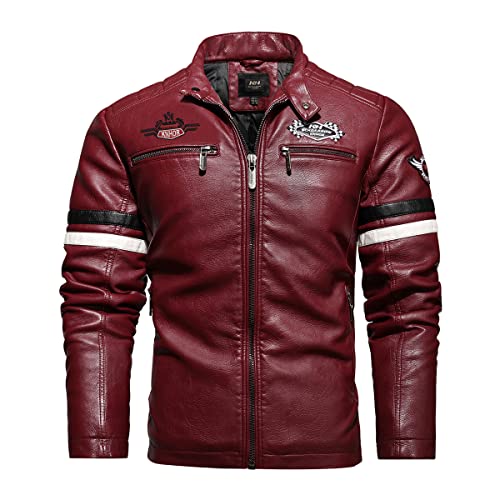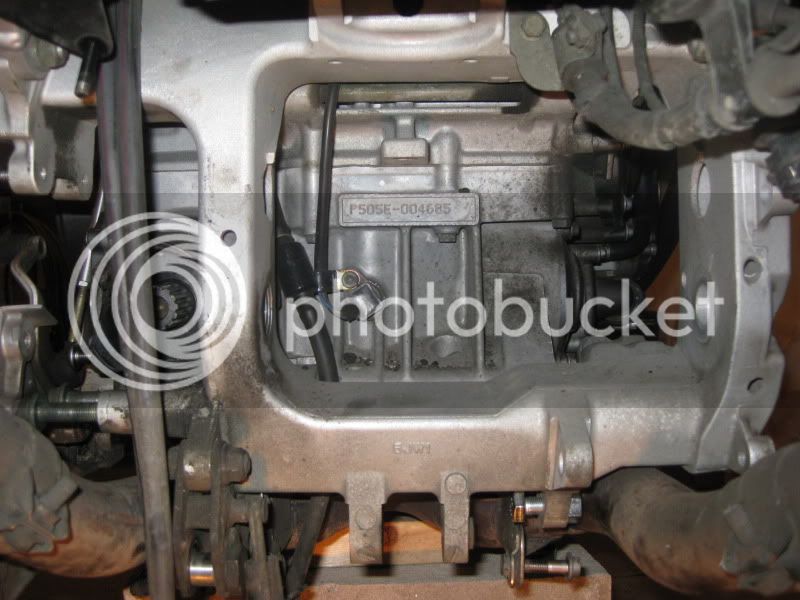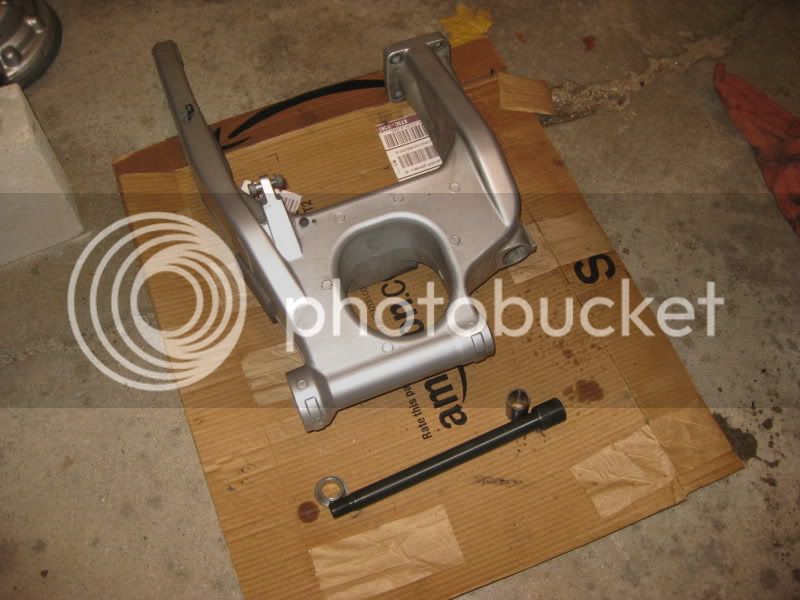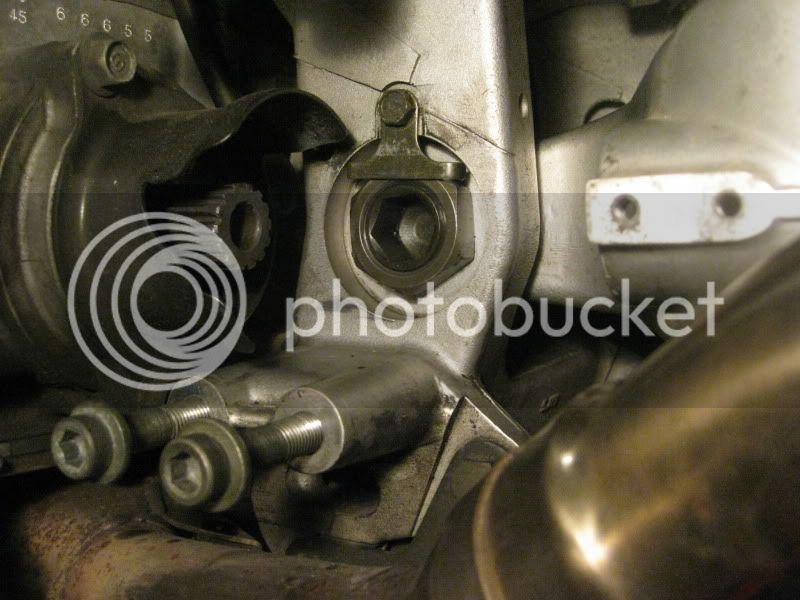08FJR4ME
-WYNPRO-
I don't think I could sleep at night just having my feejer hang like that.  I would be waiting for the big bang noise.
I would be waiting for the big bang noise.
Is this the first service of the forks at 70K?
Forks are on my list of todo's also.
Dave
Is this the first service of the forks at 70K?
Forks are on my list of todo's also.
Dave
Last edited by a moderator:























































